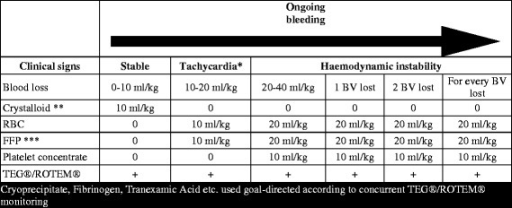

Pulse pressure examines cardiovascular compliance-the ability of the arteries to vasoconstrict and vasodilate to circulate blood to properly meet activity demands. Pulse pressure can be easily assessed by the clinician and has significant predictive value in cardiovascular disease. Pulse pressure is the difference between systolic and diastolic blood pressure. Wells, Martha Townsend, in Guccione's Geriatric Physical Therapy, 2020 Pulse Pressure 40 Recently, a 24-hour ambulatory central BP monitor has received approval for clinical use.Ĭhris L. Pulse tonometry provides two principal measures of aortic stiffness that are typically increased in hypertension: pulse wave velocity and augmentation index.
NARROW PULSE PRESSURE CODE
This device has received FDA approval for clinical use (CPT code 93784). Sphymocor (AtCor Medical, Houston, Texas) is a commercial device that uses brachial artery BP and a generalized transfer function (proprietary software) to convert the radial waveform, measured by applanation tonography, to a derived central aortic BP waveform ( see eFig. When the conduit arteries become stiff (as in ISH), however, pulse wave velocity increases such that the reflected and incident waves merge in systole, thereby augmenting systolic rather than diastolic pressure, which increases left ventricular afterload and reduces diastolic coronary flow. When the large conduit arteries are healthy and compliant, the reflected wave merges with the incident wave during diastole, which enhances coronary blood flow. 56 The central aortic pressure waveform is the sum of the pressure wave generated by the left ventricle and reflected waves from the peripheral circulation. Zipes MD, in Braunwald's Heart Disease: A Textbook of Cardiovascular Medicine, 2019 Noninvasive Measurement of Aortic Stiffness and Central Aortic Pressure by Pulse Tonometry.Īortic stiffness is both the cause and the consequence of isolated systolic hypertension.

It fell to 60 basis points at the end of last year, lower than before the collapse of Lehman Brothers.Douglas P. swaps over comparable Treasury yields rose to 78 basis points, extending its widening over the past week. In the interest rate swaps market, the spread of two-year U.S. Their rates cleared at the highest levels in more than month, but they were not far above zero percent. Treasury sold $53 billion of three-month and six-month bills to strong demand. Still reeling from a dismal 2008, banks are cautious about lending their money, while investors prefer the safety of cash and low-risk investments such as Treasury bills. “Things are improving, funding is getting easier,” said David Keeble, head of rates strategy at Calyon in London, referring specifically to commercial paper and certificate of deposits but also interbank markets.įor more on Monday’s Libor fixings from the British Bankers’ Association and Libor/OIS spread movements, see. The sterling Libor/OIS spread fell to 164 basis points GBP3MFSR= GBP3MOIS= from 172 basis points on Friday. This suggested the improvement in the interbank conditions for dollar may be coming to an end given the severe difficulties banks face. The benchmark dollar interbank rate rose under 1 basis point to 1.42125 percent USD3MFSR=, its biggest daily rise since Nov.

interest rate swaps over comparable Treasuries also widened. This widened the premiums on those Libor funds over anticipated central bank rates, a closely watched gauge of credit strains known as the Overnight Index Swap, indicating tighter interbank conditions. Three-month dollar Libor unexpectedly rose. While investors’ cautious sense of optimism and greater comfort with risk was reflected in stronger equity markets in Asia and Europe as well as a weaker yen, it wasn’t reflected in U.S. “Most investors are still playing defense,” said Larry Dyer, interest rate strategist with HSBC Securities in New York. However, euro and sterling borrowing costs between banks slipped and narrowed their spread over expected policy rates to a three-month low, a sign European money markets have started 2009 on a positive note.

Demand for ultra short-dated Treasury bills also remained strong, indicating market stress.


 0 kommentar(er)
0 kommentar(er)
